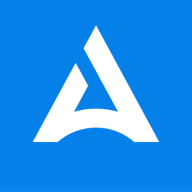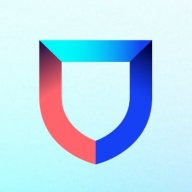

Lacework FortiCNAPP and Drata are competing products in the cloud security domain. Drata appears to have the upper hand due to its comprehensive approach to continuous security monitoring and automation, which potentially leads to a more robust security posture overall.
Features: Lacework FortiCNAPP provides advanced threat detection, compliance features, and robust cloud workload protection. Drata is distinguished by its comprehensive automation for compliance management, continuous security monitoring, and seamless integrations with cloud services and security tools.
Room for Improvement: Lacework FortiCNAPP could improve by simplifying its deployment model, enhancing automation capabilities, and expanding third-party integration options. Drata could benefit from reducing its upfront costs, expanding its basic version features, and improving the learning curve for users unfamiliar with automated compliance management.
Ease of Deployment and Customer Service: Lacework FortiCNAPP requires careful integration for optimal performance, whereas Drata offers a streamlined setup process focusing on automation and integration capabilities. Drata's customer service emphasizes immediate support and dynamic onboarding, while Lacework provides detailed guidance and support mechanisms.
Pricing and ROI: Lacework FortiCNAPP offers a competitive pricing model with flexible options for effective cost management. Drata's upfront costs may be higher, but its automation capabilities can lead to a greater long-term ROI by enhancing efficiency in compliance and security operations.
| Product | Market Share (%) |
|---|---|
| Drata | 7.0% |
| Lacework FortiCNAPP | 4.2% |
| Other | 88.8% |


| Company Size | Count |
|---|---|
| Small Business | 8 |
| Large Enterprise | 2 |
| Company Size | Count |
|---|---|
| Small Business | 4 |
| Midsize Enterprise | 4 |
| Large Enterprise | 3 |
Drata is a powerful tool for automating compliance processes, effectively reducing audit preparation time and continuously monitoring security controls. It is highly valued for its ability to integrate seamlessly with existing tech stacks and manage security for remote teams, ensuring adherence to standards like SOC 2 and HIPAA. Drata enhances organizational efficiency, improves workflows, and supports real-time compliance monitoring, making compliance management less stressful and more accurate.
Lacework FortiCNAPP provides robust cloud security, combining vulnerability management and multi-cloud insight with user-friendly controls, machine learning detection, and compliance support.
Lacework FortiCNAPP specializes in cloud security by merging machine learning anomaly detection with agent-based vulnerability management to offer detailed alerts and compliance reports. Its comprehensive approach allows continuous monitoring across AWS and Kubernetes, providing insights from an attacker's perspective. The platform offers automation and seamless Slack integration, facilitating collaborative and efficient cloud security management. Users value its ability to handle multi-cloud environments and scan IAC scripts, configurations, and compute nodes across AWS and GCP.
What are the key features?Organizations across sectors leverage Lacework FortiCNAPP for cloud security, focusing on compliance, security posture, and vulnerability management. It is widely used for monitoring AWS and Kubernetes environments, scanning IAC scripts, configurations, and securing compute nodes. It supports multi-cloud security posture management and log ingestion, enabling companies to maintain strong cloud infrastructures without dedicated security layers.
We monitor all Compliance Management reviews to prevent fraudulent reviews and keep review quality high. We do not post reviews by company employees or direct competitors. We validate each review for authenticity via cross-reference with LinkedIn, and personal follow-up with the reviewer when necessary.